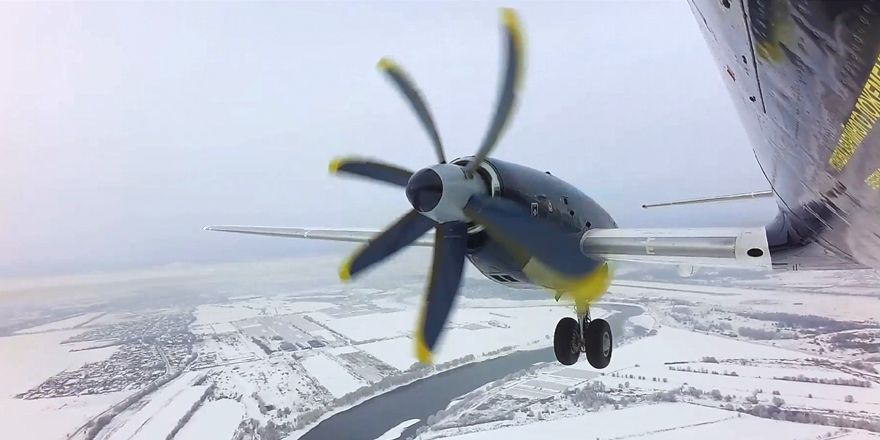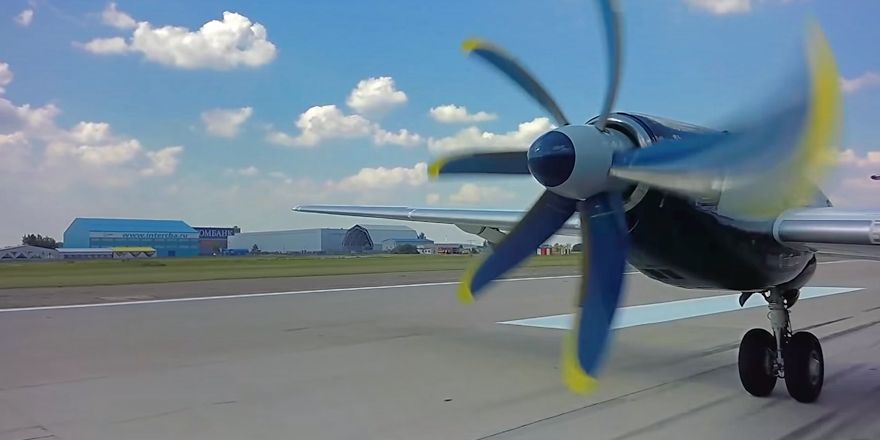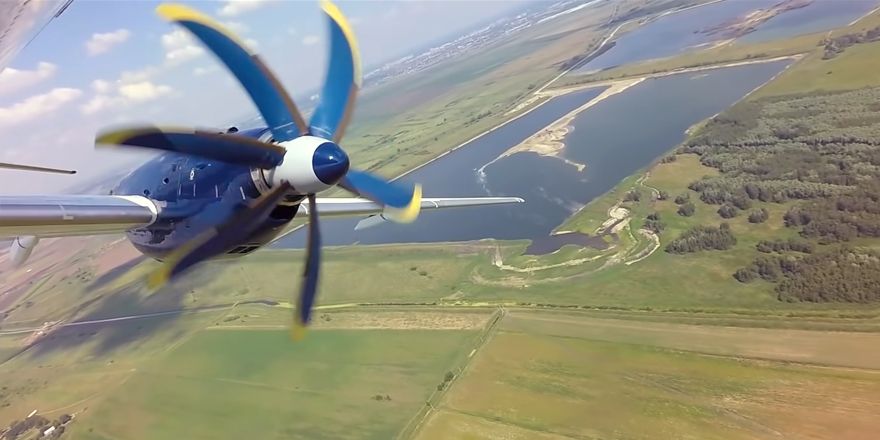The Pentagon published footage of an alleged collision between a Su-27 and an MQ-9 Reaper reconnaissance strike UAV that occurred during a drone intercept on March 15 60 km southwest of Sevastopol.
The U.S. European Command’s statement on the incident said that around 7:03 a.m. CET, one of the two Su-27 aircraft that took off to intercept the MQ-9 Reaper reconnaissance UAV struck the propeller of the drone, causing the MQ-9 to crash in international waters of the Black Sea. Ramstein considered these maneuvers as environmentally unsafe and unprofessional.
However, the presented video does not show a collision, there are only attempts to treat the American UAV with fuel. For half an hour our pilots tried to “wrap it up”, but the Reaper operator as if does not see it and continues flying as if nothing had happened, only pointing the video camera at the Russian fighter.
Apparently, out of concern for the ecology of the Black Sea, the pilot of the Su-27 stopped spraying kerosene on the American and very probably “blew off” the MQ-9 with a stream of exhaust gases – a trace. In an airplane of relatively low mass, like the Su-27, the intensity of the turbulence trail depends on maneuvering.
“For example, if an aircraft weighing 30 tons maneuvers with a g-load of 5-6 units, it will have the same intensity of the wake as an aircraft weighing (30 multiplied by 5) – 150 tons,” former military fighter pilot, ex-pilot of the pilot group “Strizhi” Dmitry Koposov told Moskovsky Komsomolets media.
In his opinion an unmanned aerial vehicle with a straight wing having a wingspan of 20 meters could be destroyed in such a satellite track.
But the Pentagon doesn’t show that. Also we don’t see any contact or flying debris of the composite propeller, so we can’t talk about contact, although in the last three seconds we can see the change in the shape of the blades. This fact is presented in the media as proof of contact.
Composite products are much more rigid than products made of titanium or aluminum and they cannot bend. In this particular case, from the impact on the lower part of the Su-27, the MQ-9 blades should have collapsed immediately. Those who have flown the Mavic and got into critical situations know this very well – it’s not for nothing that spare blades are always included with the drones. The change of the shape of one of the MQ-9 blades looks very similar to the stroboscopic effect, which is always present on videos of rotating propellers:
Or here are stills of the video of the Il-114-300 turboprop flight:



Looking at the MQ-9 Reaper from behind, given the size of the propeller and the diameter of the propeller, it begs the question: how is it possible that a heavy fighter jet managed to hit the propeller blades without making contact with the propeller guard? The Pentagon is also silent about it, offering us a color pixel animation instead of a picture of contact, so that the viewer himself can think and imagine what happened at that moment.
 Photo: © U.S. Air Force
Photo: © U.S. Air Force
In the last three seconds of the video after the pixel animation, the MQ-9 continues to fly normally, but that is not the case of an aircraft with a damaged propeller, and from the video provided by the US military it is impossible to say anything definitively. But that is not the main thing. The main thing is that the foe disappeared in the waters of the Black Sea, and the Russian pilots acted highly professionally, accurately and with great restraint if they let the UAV operator know for half an hour that they should turn around.


